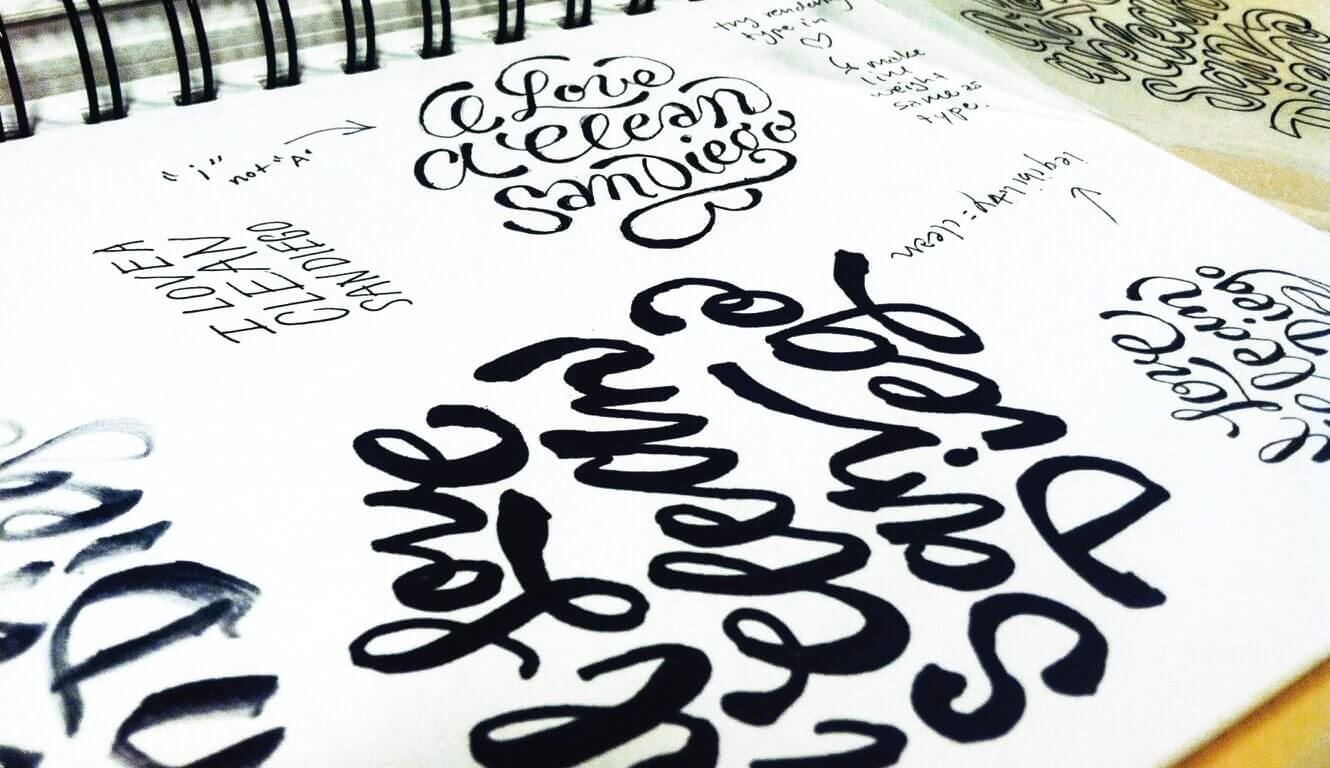Craft beer, craft coffee, craft pizza.
Forget the days of Bud Light, Starbucks, and Pizza Hut. Today, it’s the local, the experimental, the cold-brew, and the artisanal.
Does it cost more? Sure. Does it take longer? Yep. Does it taste better? Definitely.
And many people today—especially millennials—claim it’s worth it. They’re placing a premium on individuality, passion, creativity, and quality.
And so craft is showing up—or making a comeback—in almost every industry, bucking the trends of technology and convenience.
It used to be that craftsmanship was everywhere—in Gothic architecture, and the refinement of Renaissance painting and sculpture.
It’s even there in mid-century burled walnut dashboards and the intricate etching of silver vanity mirrors. Mass production and industrialization largely replaced the skills required to create such things.
The ever-increasing pace of technology and innovation, and the resulting efficiencies, opportunities, and expectations have worked against the principles of craft. Why opt for slower, better, and more costly when you can have faster, passable, and cheaper?
Through this lens, craft’s very virtues have meant its own demise.
There’s no denying that we’ve come to depend on technology and all it’s done for us. And while we all find our own balance, many are seeking more substance, more story, and more soul.
A stronger connection between maker and buyer. A “made for me” feeling, with all the care and customization that implies. It would seem that quality is overtaking quantity, and the lost art is making a comeback.
This return to craftsmanship is clear in the rise of craft beer, where virtue is valued over price, and uniqueness—at times even weirdness—is celebrated.
Our client Ballast Point is one of many success stories. In 2012, we developed their brand identity based on one central idea: Dedicated to the Craft. Three years later, the Ballast team’s hard work and meteoric growth have propelled the company to a $1 billion acquisition.
Other big brands have gone looking for craft cachet, with yet another acquisition—Saint Archer by MillerCoors—and Heineken’s purchasing a 50% stake in Lagunitas.
And now, with craft beer becoming ever more mainstream, craft coffee is having its own moment. The same ethos is there, in the ultra-slow, cold-brew drips and exotic, small-batch varieties stealing the Starbucks thunder—despite that brand’s own elevation of coffee standards so many years ago.
But what does this craft resurgence mean for marketers?
Thanks to technology, brands today have more ways than ever to reach their customers with increasing precision.
This creates not only a need for more material to support these new channels, but a need for the right material to cut through the clutter—to grab eyeballs, and win the hearts and minds of each narrowly defined audience.
Many see the need for quantity and turn to online offerings of $99 logos, 5-minute website templates, and nearly free, overly familiar stock photography.
With tools like these, just about anyone can fill the space. But will they inspire desire?
And can they win allegiance?
The craft trend suggests that there’s another way. Quick and cheap are not necessarily the way to win.
Craft has always been core to our culture at MiresBall. In part because we started in the days of doing it by hand, but also because over our 30 years we’ve seen the value of doing things with care and commitment.
Even still, craft is more than that; it’s about developing a deeper understanding, a richer flavor, a more personal touch. Most importantly, it’s about recognizing and creating the custom experience the consumer wants.
Craft is a differentiator. It’s successful in the marketplace because people recognize it, they’re interested in it, and they’re willing to pay for it. And as this movement gains momentum, expectations of quality will continue to rise.
The technology that gives us more efficient ways to make things—and more feedback about what we make—can only take us so far. It can’t replace the creative inspiration, or the care and expertise that bring that inspiration to life.
So we’ll keep digging deeper to find the answer. We’ll keep sweating the details of fit and finish. And we’ll keep celebrating craft.
